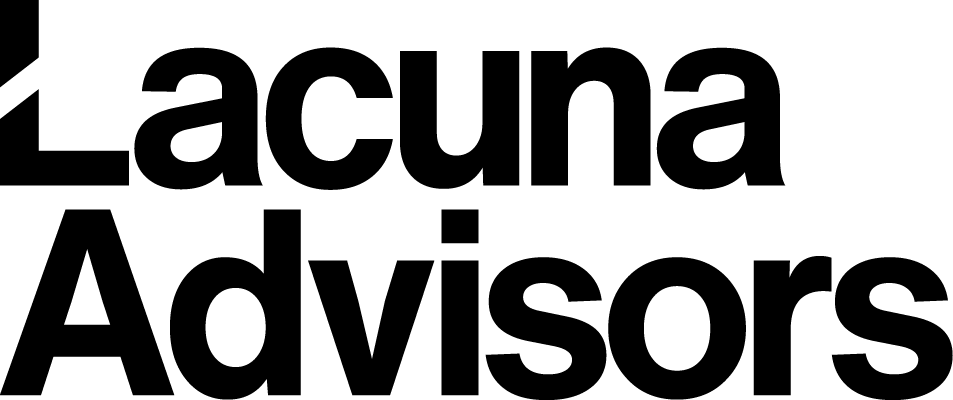Context is the Catalyst: Designing Health Tech that Works Anywhere
Operating Theatre in Sultan Hamud Sub County Hospital, Makueni County, Kenya
When people talk about innovation in global health, the conversation often drifts toward frugal innovation—doing more with less, “making do”. But I’d argue it’s not just about cost or simplicity. It’s about context. What enables technology to be adopted and integrated long-term in Nairobi or Dar es Salaam isn’t just how advanced or affordable it is—it’s how well it understands, respects, and responds to the environment it’s entering.
Thanks for reading The Lacuna Report! Subscribe for free to receive new posts and support my work.
We don’t need lesser versions of tools built in London or Tokyo. We need tools that are context-ready—designed to be adaptable, intuitive, and capable of thriving in the realities of diverse environments.
When Proximie was first developed in London by Dr. Nadine Hachach-Haram, a plastic and reconstructive surgeon and visionary, she designed the platform with this in mind. She envisioned a digital surgical collaboration tool that wouldn’t require large, expensive equipment or pristine bandwidth to operate.
Instead, she made it compatible with affordable, off-the-shelf webcams and hardware. She optimized it for low-bandwidth environments, knowing that connection challenges are universal.
This design philosophy has served us well.
In our Global Health focused work across Kenya, Ethiopia, Tanzania, Rwanda, and now Malawi, Proximie has been deployed not in glassy tech hubs, but in operating theaters where every square foot matters and every second of connectivity counts.
But it’s in the details where the true spirit of context-ready innovation shines.
In many of the hospitals we’ve worked with, staff voiced concerns that the Proximie hardware—headsets, speakers, laptop, cables—could get misplaced or lost in busy, high-traffic clinical environments. Charging devices overnight wasn’t guaranteed. We needed a solution that worked with the hospital’s daily rhythm, not against it.
That’s where James Ndungu comes in.
James Ndungu
James is a budding engineer and our brilliant Africa consultant IT lead. Seeing the problem clearly, he designed a lockable, plug-in central cabinet for the equipment—a simple yet elegant hub to safely store, charge, and organize everything in one place, right inside the operating theatre.
We called it the ProxBox.
The ProxBox is locally fabricated using easy-to-source materials. It anchors the equipment physically and symbolically. Scrub nurses, anesthetists, and IT experts alike have embraced it as a point of pride and function—a center of gravity within the surgical ecosystem.
The ProxBox in action at Nakuru County Level 6 Hospital, Kenya
But James didn’t stop there.
He tackled another frequent challenge: securing the PTZ camera above the surgical field. Operating rooms vary—some have ceiling-mounted lights, some don’t. Mounting needs differ.
His solution? A versatile, lockable PTZ holder design that’s simple, adjustable, and can be replicated by local handymen, not just tech contractors.
PTZ holder designed to attach to the surgical light
PTZ ceiling mount
Today, five countries have adopted and adapted James’ design. When our team walks into a theater in East Africa and sees a ProxBox in use, it feels like a shared victory—not just of technology, but of creativity, responsiveness, and partnership.
ProxBox made in Kamuzu Central Hospital, Malawi
This is what techquity looks like.
It’s not about exporting innovation. It’s about co-creating it.
It’s about designing not just for LMICs, but with them.
It’s about embracing the idea that solutions born of necessity and collaboration are often the ones that scale best.
James's ink pen in the top left corner is never finished designing…..
It’s easy to celebrate the high-tech elements of global health—but it's these grounded, responsive, context-aware interventions that often carry the load.
And it’s people like James—engineers, nurses, clinical champions, and everyday problem-solvers—who remind us that true innovation isn’t always flashy.
It’s just thoughtful.
And ready.







